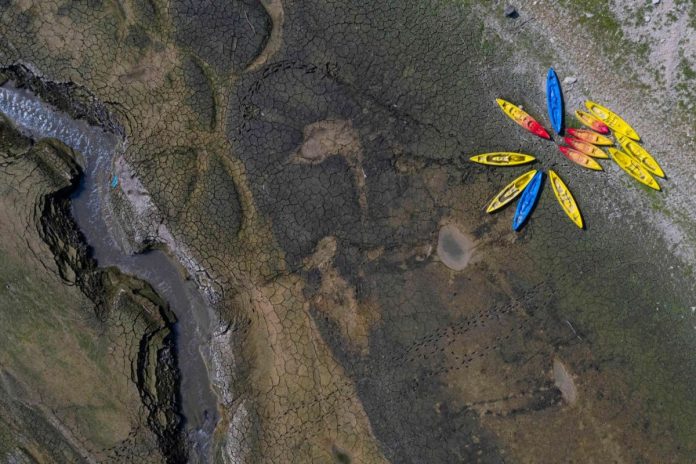Green is no longer just a colour. The term now represents clean, social and economic operations and practices aimed at mitigating harmful impacts on
Globally, producers and consumers are being urged to embrace responsible behavior in efforts to buttress the society’s adaptive capacity and resilience to climate change. Following years of frenetic production and consumption as a result of mass production and growth in household wealth, nature seems to be unraveling as natural resources come under increased pressure to fuel further growth.
It is feared that if humanity doesn’t move with speed and set up mitigation structures early enough, nature might ultimately pull a cataclysmic trigger. Already, there are cautionary signs – pockets of extreme weather events such as floods, droughts and heat waves, whose frequency and scale are intensifying by the day.
Kenya has not been spared. Parts of the country have recently come under attack from swarms of desert locusts of biblical proportions, blamed on climate change. As a result, hectares of crop and pasturelands got wiped out. Deadly floods have also swept away several villages, cut off roadways and waterlogged farmlands. Each time natural catastrophes strike, the risk of input shortages looms, in what could affect economic activities and push up consumer goods prices.
Therefore, the country needs to stand on guard and install mitigation and adaptive structures with urgency.
Setting up green special economic zones could go a long way in this drive. Fortunately, Kenya already has a special economic zone law in place, alongside regulations meant to draw in foreign direct investments, boost exports and create jobs. The next step for officials should be to encourage potential investors in the proposed economic enclaves to embed green strategies in their production lines.
To this end, the government needs to design a policy framework providing favorable conditions for sustainable businesses to flourish.
Green enclaves would be a giant step forward in the country’s march towards achieving the UN sustainable development goals (SDG).
Besides factories embedding efficient and cleaner technologies in their production lines, there is need to develop green industries such as assembly lines for electric cars, solar power systems and other resource efficient business models.
This would elevate Kenya’s profile as a green technology hotbed and add momentum to its quest of evolving into an industrialised state with better standards of living and clean environment.
Kenya’s industrial base has been shrinking over the years in relation to its share of the GDP, declining from 9.4 percent five years ago to 7.5 percent last year.
The government has recently shown commitment to reverse the slide, with manufacturing being made one of the four pillars of the Big 4 agenda. The aim is to roll out various interventions including setting up of industrial zones and lift its share of the GDP to 15 percent.
Green enclaves I’m suggesting would be home to low-carbon industrial clusters with sustainable operations, including a circular economy (reusing and recycling waste) and renewable energy use among other resources.
Besides expanding Kenya’s industrial base and boosting jobs, the rise of sustainable zones is seen to offer the market the shortest path towards achieving an organised circular economy where no resource goes to waste.
While in the past pressure was on manufacturers to better manage their waste disposal, nowadays consumers and policymakers expect them to a go a step further and give the waste a new lease of life through innovation. The bar has clearly been raised and consumers are demanding more in order to perceive a brand as socially and environmentally responsible.
Going green would cut carbon footprint, given that manufacturing sector emits about seven percent of Kenya’s total greenhouse gas emissions – the culprit behind global warming and climate change.
Kenya has goods laws and policies that if fully implemented could be a game changer in planting green industries and decarbonising the economy.
For instance, the National Climate Change Action Plan (NCCAP), which was recently approved by President Uhuru Kenyatta, commits to moving Kenya to a low-carbon and sustainable economy by greening its transport, energy, buildings and manufacturing sectors.
While the country’s energy scorecard shines bright, with renewable sources making up over 80 percent of the generation mix, the same cannot be said for the rest of the sectors.
Fortunately, there is a way out. Creating green economic zones could foster faster spread of ‘greenness’ to these sectors, including transportation with the roll out of electric car assembly lines while manufacturing would naturally turn green as factories adopt clean technologies.
This article was originally published by The Business Daily




